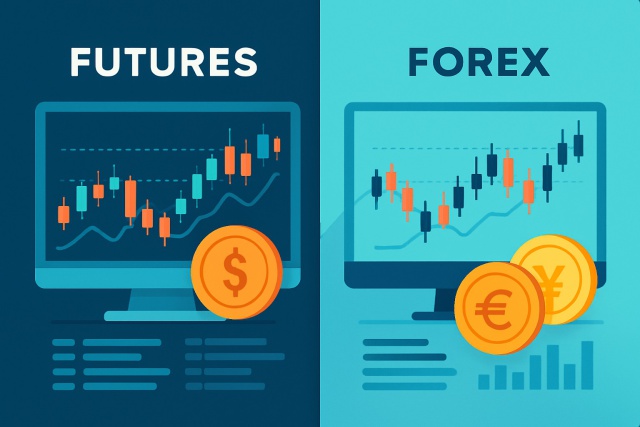
Futures vs Forex - Which Market Is Better?
Explore the key differences between futures and forex trading to discover which market aligns with y...
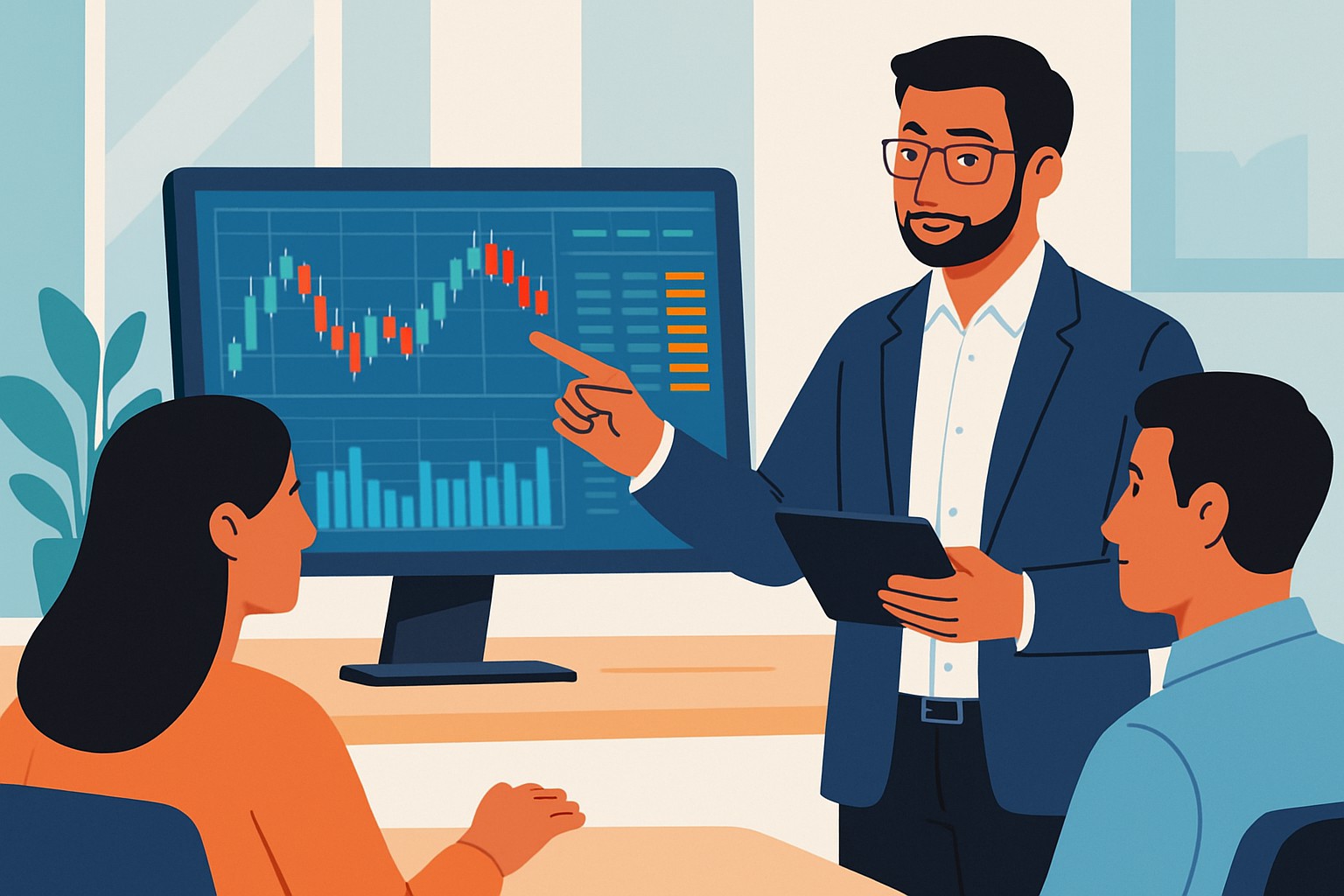
This article takes you through the ins and outs of Commodity Trading Advisors and the thoughtful ways they manage futures investments.
Futures trading is all about locking in a deal to buy or sell assets on a specific future date, often involving commodities like oil or gold or agricultural goods - this is where a commodity trading advisor can play a key role.
A Commodity Trading Advisor (CTA) is a seasoned pro who provides expert guidance and manages portfolios centered around futures and options contracts. These people don’t just dive in blindly—they register with regulatory bodies like the CFTC and operate under a tight watchful eye.
Many people mix up CTAs with brokers who simply handle trades or the run-of-the-mill financial advisors offering broad investment advice. But CTAs zoom in exclusively on futures and derivatives, bringing specialized strategy execution and hands-on portfolio management to the table.
Futures contracts are standardized agreements to buy or sell specific assets at set prices on predetermined future dates. CTAs often use these tools to speculate or hedge, hoping to capture gains by putting their market know-how and understanding of price movements to good use.
CTAs kick things off with solid market research and analysis by diving deep into price trends and economic signals and other data that might shed some light on what’s coming next.
They then whip up tailored trading strategies that take into account not just the cold numbers but also the client’s appetite for risk and their dreams of returns.
With risk management they don’t take any chances—setting clear limits and controls to keep client assets well protected like a trusted guardian keeping watch.
Trades get executed in futures and options markets either manually or through slick automated algorithms that never seem to miss a beat.
CTAs keep a careful eye on how things are performing and tweak positions as the market mood swings, always aiming to squeeze out the best possible results.
CTAs usually lean on two main approaches. Discretionary trading relies on human judgment to steer the ship while systematic trading uses computers and algorithms to handle trades automatically following pre-set rules.

Visual diagram illustrating how CTAs analyze the futures market and execute trades based on strategy signals.
CTAs employ a mix of savvy strategies to really capitalize on futures markets. They often ride long-term trends like a surfer catching the perfect wave, or they exploit short-term market quirks that pop up out of nowhere. More often than not, they blend statistical insights with algorithmic wizardry to carefully fine-tune their trades across a bunch of different asset classes.
By mixing up strategies and spreading investments across different asset classes, CTAs can steer clear of putting all their eggs in one basket when it comes to market conditions or instruments.
When it comes to navigating the often choppy waters of commodity trading, advisors rely on a handful of tried-and-true risk management techniques. These strategies aren’t just theoretical; they’re the safety nets that help keep portfolios from capsizing when markets get rough. From setting stop-loss orders that act like brakes on a runaway train to diversifying holdings so you’re not putting all your eggs in one basket, each method serves its own purpose. Seasoned advisors know that a little caution goes a long way, blending data-driven decisions with a dash of gut instinct honed over many trades. It’s a careful balancing act, and the best in the business never underestimate the power of a well-timed hedge or a well-planned exit strategy.
Risk management is absolutely key in a CTA’s work, as they juggle the tricky act of chasing returns while keeping client capital safe and sound.
Risk management in futures trading often feels a bit like driving with one eye on the road and the other on the speedometer—trying to stay efficient while keeping just enough caution to dodge costly slip-ups and cruise safely toward your goals.
Many investors get jittery about the leverage involved in futures trading and rightly so since it can lead to hefty losses. CTAs usually have a firm grip on this by setting strict leverage limits and putting safeguards in place—kind of like guardrails on a winding mountain road—to keep risks within agreed boundaries.
CTAs are closely watched by agencies like the Commodity Futures Trading Commission (CFTC) and the National Futures Association (NFA).
Investors can easily check a CTA’s registration and compliance records through the NFA's public database, which is a handy tool to make sure they’re dealing with trustworthy and authorized pros.
Picking the right CTA boils down to a few key things: understanding your financial goals and figuring out how much risk you’re willing to take on. It also means getting a real feel for the advisor’s style and track record.
The relationship between investors and CTAs typically involves regular updates on portfolio status and performance metrics and market outlooks. Clear communication helps keep clients in the loop so they can confidently make adjustments when needed—usually with a helpful nudge from their advisor.
There are common myths about CTAs that tend to trip up investors more often than you would think. For instance, some individuals assume CTAs are only for the wealthy or that every CTA plays from the same rulebook. Others believe they come with a guaranteed payday.
Commodity Trading Advisors are seasoned pros who expertly juggle futures portfolios with sharp focus and do so under the watchful eye of regulators. Their strategies and risk management aren’t just fancy talk—they genuinely help clients navigate the sometimes bumpy seas of futures markets, offering a level of diversification and savvy management that’s often tough to pull off solo.
Struggling to improve your trading performance? Edgewonk's advanced analytics tools are designed to give you the edge you need.
With detailed trade journaling, robust strategy analysis, and psychological insights, you'll gain a comprehensive understanding of your strengths and weaknesses. Don't miss out on this game-changing opportunity.
Traders, it's time to elevate your game. Edgewonk is the ultimate trading journal software designed to empower you with data-driven insights and personalized strategies. Take control of your trading journey and maximize your potential.
27 articles published
With 20 years experience in commodity trading, Jasper provides insights into energy markets, precious metals, and agricultural futures with a focus on macroeconomic trends.
Read Posts
Explore the key differences between futures and forex trading to discover which market aligns with y...
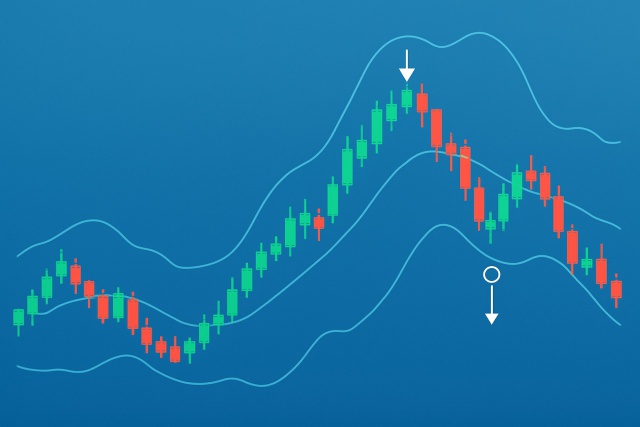
Master trading with Bollinger Bands by understanding volatility, setup patterns, and risk management...
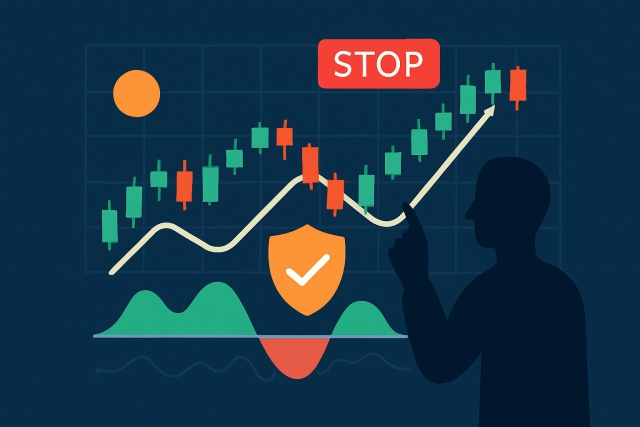
Master the art of risk control in momentum trading. Discover step-by-step strategies to safeguard yo...
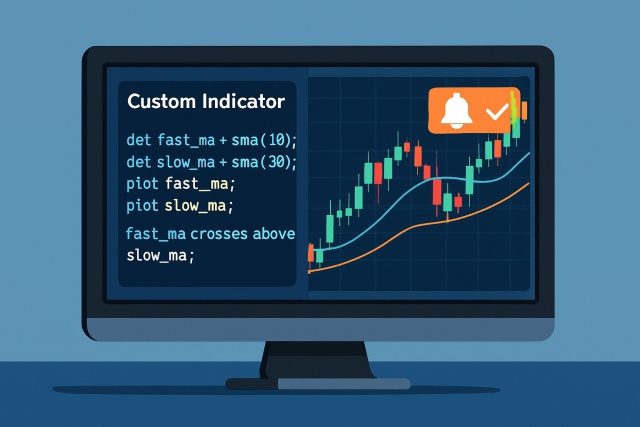
Discover how to create custom indicators on TrendSpider with this step-by-step guide. Tailor your tr...
